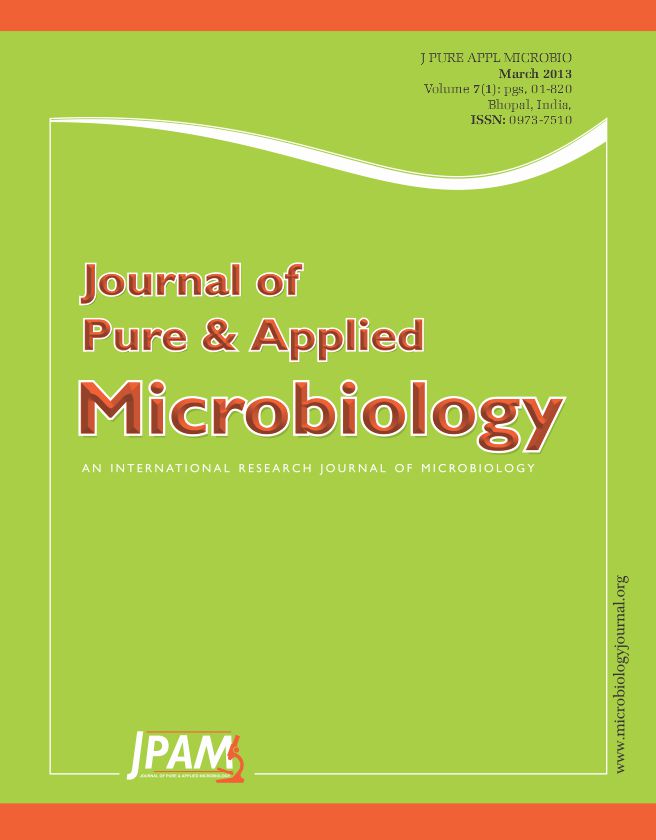The biofilms have been described as “cities of microbes”. Some studies have suggested that pathogenic bacteria, which may not be detected by culture-dependent methods, occur in the biofilms. So a pilot drinking water distribution system is constructed and the combination of the scanning electron microscope (SEM) and the polymerase chain reaction-denaturing gradient gel electrophoresis (PCR-DGGE) is used to show the microbial growth of the biofilms in the pipe wall macroscopically and microscopically. The experiment simulates the water supply network and cultivates the biofilms for 7 months, observing the growth of the biofilms in the network entrance and end intuitively by SEM. And the microbial diversity in biofilms at different seasons and with different materials is evaluated by PCR-DGGE based on 16SrDNA. The result shows that the pipe material affects the biofilm bacteria, total bacteria and bacteria diversity; the number in the galvanized steel pipe is larger; the growth of the biofilmsin the PE pipe and UPVC pipe are slowed down. The temperature is changed by the season, which is the main reason that causes the change of the diversity of bacteria. Both the hydraulic condition and residue chlorine concentration affect the growth of the biofilms in the pipe wall.
Water distribution system, Wall biofilm, Microbial diversity, SEM, PCR-DGGE
© The Author(s) 2014. Open Access. This article is distributed under the terms of the Creative Commons Attribution 4.0 International License which permits unrestricted use, sharing, distribution, and reproduction in any medium, provided you give appropriate credit to the original author(s) and the source, provide a link to the Creative Commons license, and indicate if changes were made.


